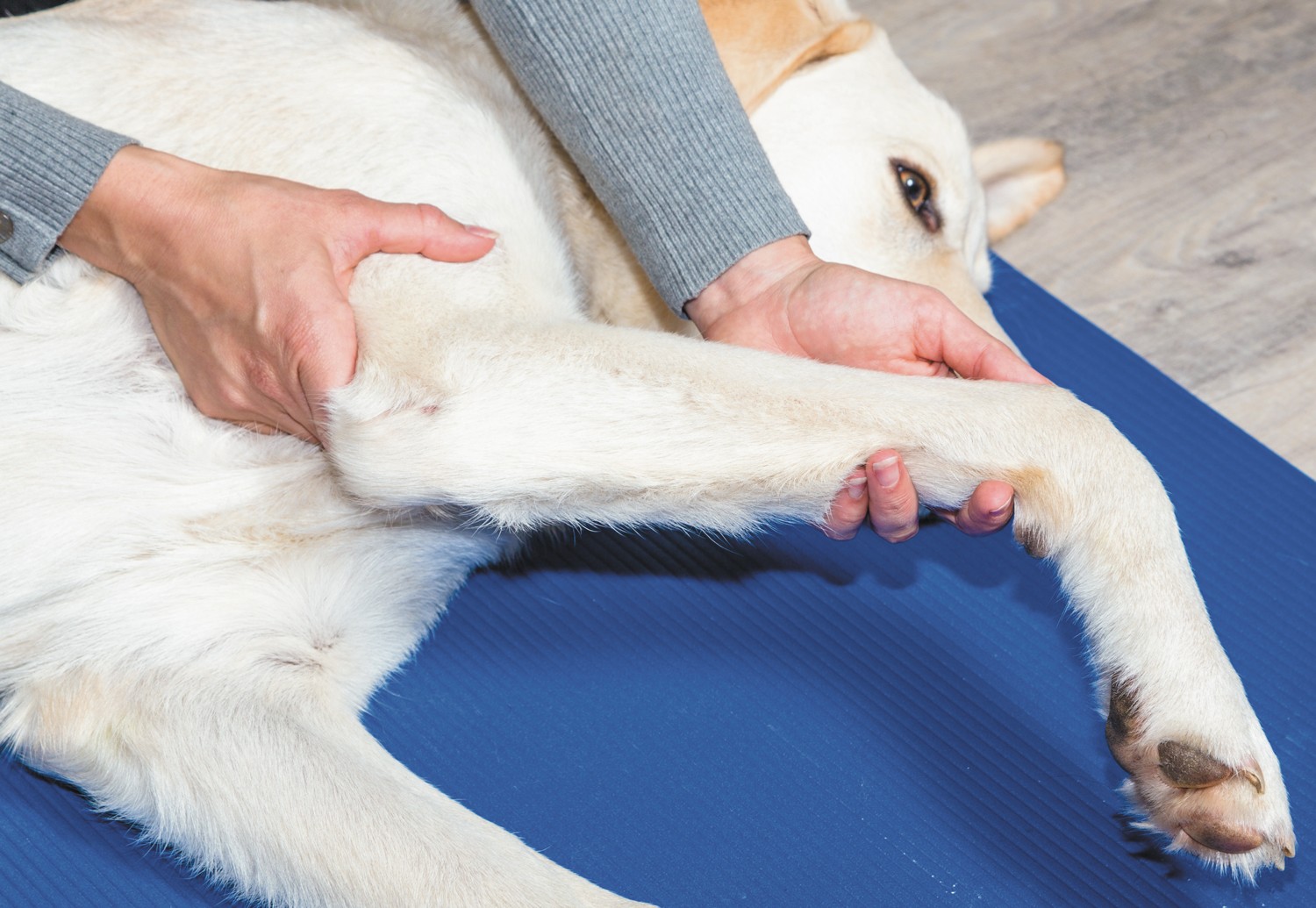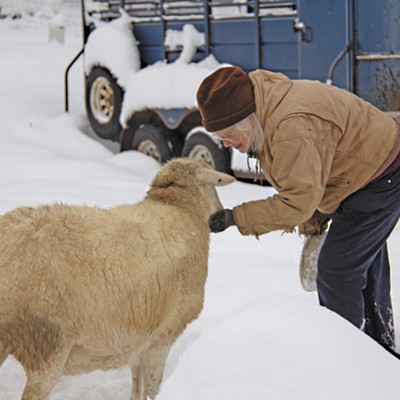Osteoarthritis won't kill your pet, but the pain it brings can affect quality of life, which is why it's one of the most common reasons owners pursue humane euthanasia.
The disease is the most prevalent of any arthritis affecting dogs and cats and is characterized by pain from inflammation of the joints due to aging or traumatic injury. In fact, if you have a cat older than 10, it's likely they have osteoarthritis.
Some studies estimate up to half of all dogs and cats will experience pain from osteoarthritis in their lifetime. Large breed cats and dogs that bear more weight on their joints are most likely to struggle with the disease. Some specific short-legged dogs, like dachshunds, corgis and bulldogs, are also known to experience osteoarthritis due to their bone structure.
While the daily wear and tear on joints is unavoidable in our pets, there are measures an owner can take to help their pet live their best life. For both cats and dogs, it starts with weight control, and the sooner the better. Keeping weight off joints can significantly increase a pet's quality of life in their later years, and it is the No. 1 thing an owner can do to avoid osteoarthritis.
Osteoarthritis is essentially irreversible and should be managed accordingly. While dogs can regularly take pain-reducing medications like non-steroidal anti-inflammatory drugs known as NSAIDs, it's important to note a cat's kidneys and liver are more sensitive to these drugs and cannot tolerate them for long periods. Drug protocols for cats are more selective and should be prescribed on a case-by-case basis with your veterinarian.
Other alternative therapies, such as massage, acupuncture, underwater treadmill, laser therapy and other rehabilitation, can be beneficial for cats and dogs.
Owners who train dogs for canine competitions and other dog sports should be limiting how much exercise their dog undergoes on hard surfaces. Too much strenuous exercise can strain joints before they are fully developed and cause osteoarthritis earlier in dogs.
Some studies show some dog breeds that are spayed too early may also be prone to osteoarthritis, as their joints are less developed and are lacking the hormones to fully develop. According to the American Animal Hospital Association, dogs weighing less than 45 pounds should be neutered at six months of age and spayed before the first heat or at about five to six months. Large breed males should be neutered between nine and 15 months, while females should be between five and 15 months.
More research and studies are still needed for stronger recommendations of when to spay or neuter for joint health.
In addition to managing pain and taking pets — especially seniors — to the veterinarian regularly, owners should know how to recognize signs of osteoarthritis. Cats are known to hide signs of the disease as part of their survival instincts, but cats not jumping as high or struggling to get in and out of their litter box are signs of joint pain. Dogs and cats may also be hesitant to climb stairs, chase toys or get on the couch.
Jessica Bell is an assistant professor at WSU College of Veterinary Medicine and a small animal veterinarian in community practice at WSU's Veterinary Teaching Hospital.
























